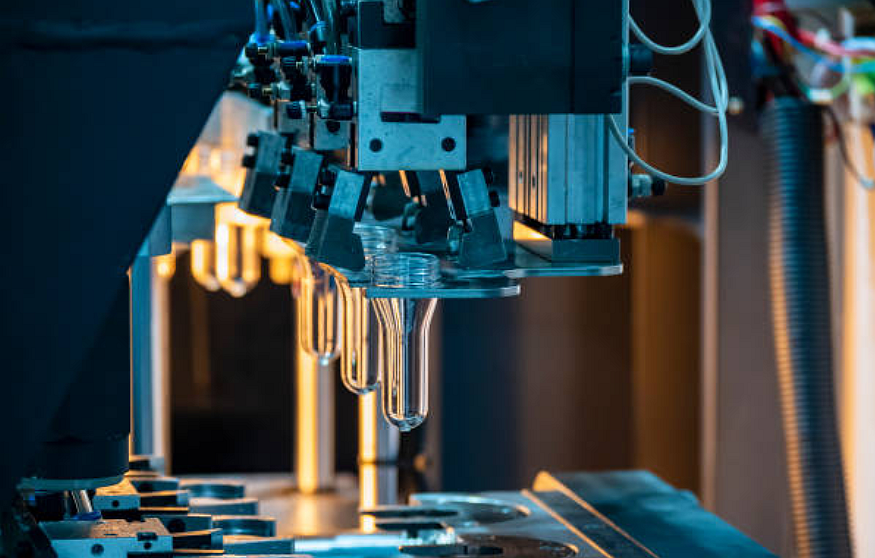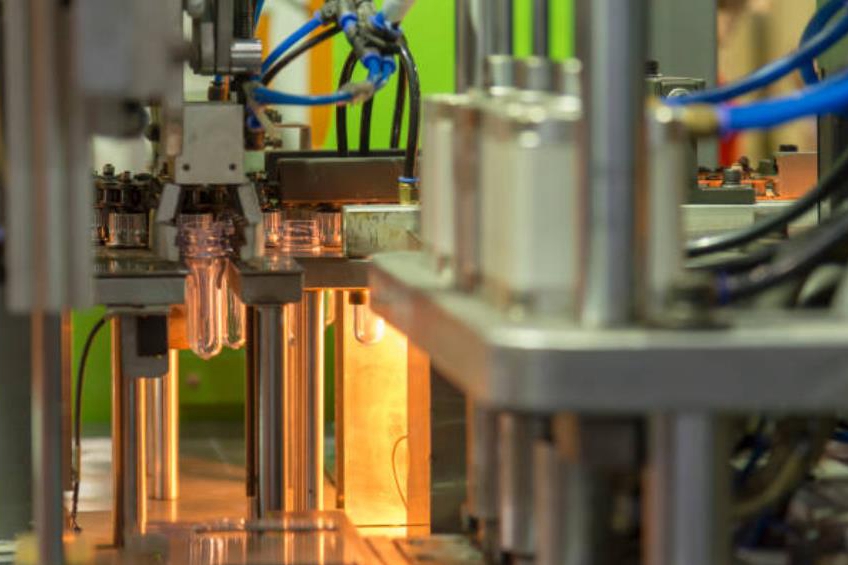What Are Engineering Plastics And Applications of Engineering Plastic Injection Molded Parts?
In modern manufacturing and design, engineering plastics stand out as a cornerstone, bridging the gap between standard materials and the demanding requirements of advanced applications. These materials surpass conventional plastics in performance and offer a versatility that engineers and designers rely on to push the boundaries of what's possible in technology and innovation. This article aims to illuminate engineering plastics, delineate their defining characteristics, and explore the expansive universe of applications made possible through the precision of plastic injection molding.
Engineering plastics are renowned for their robustness, heat resistance, and mechanical stability, which make them indispensable in sectors as diverse as automotive, aerospace, electronics, and medical devices. Unlike their standard counterparts, these materials are engineered to withstand harsh environments, bear significant loads, and endure wear and tear over extended periods while maintaining integrity and functionality.
Plastic injection molding has further amplified the utility of engineering plastics, enabling the mass production of complex parts with unparalleled precision and efficiency. This process, marked by its repeatability and cost-effectiveness, has become a fundamental technique in manufacturing, allowing for the rapid prototyping and production of parts that meet the exacting standards of today's industries.
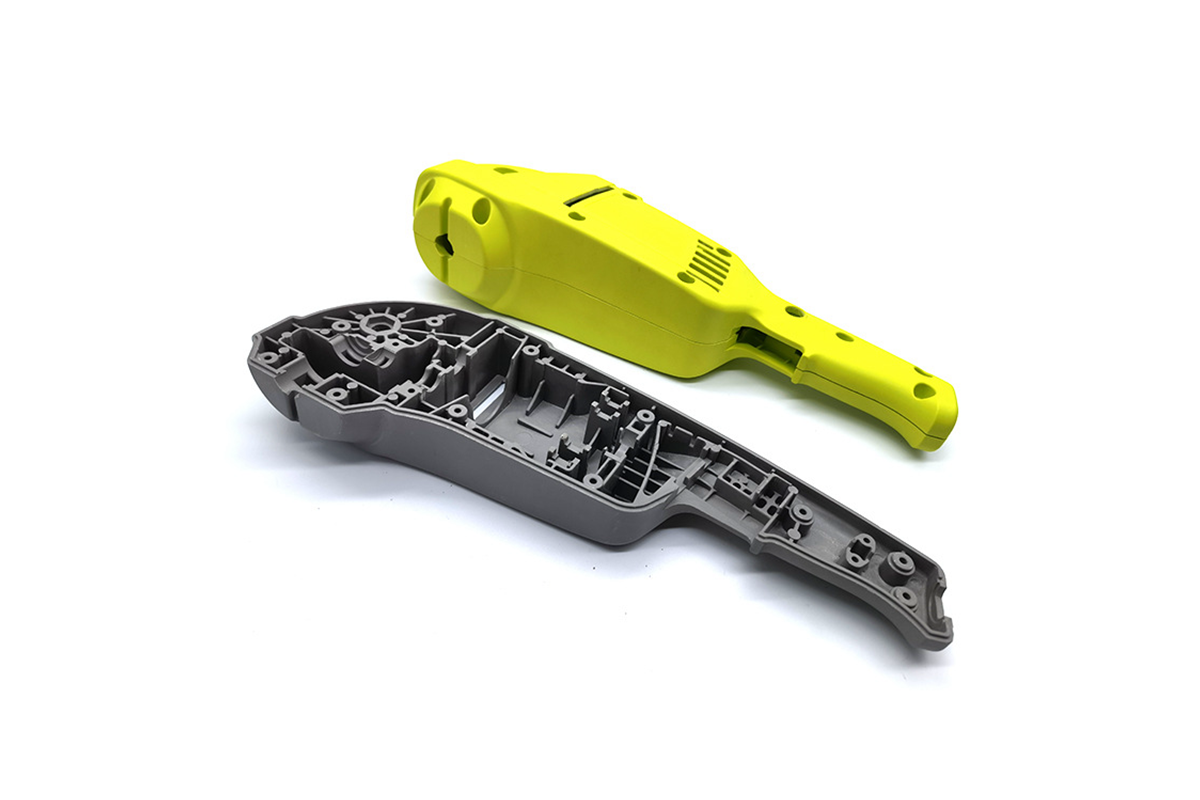
Understanding Engineering Plastics
Engineering plastics are at the core of numerous technological advancements and design innovations, a class of materials distinguished by their superior performance over standard plastics. These materials are not just about enhanced strength or durability; they embody a suite of properties tailored to meet the rigorous demands of specific applications, from automotive and aerospace to electronics and medical devices. This section delves into the essence of engineering plastics, exploring their definition, fundamental properties, and the varieties that engineers and manufacturers frequently turn to.
Definition of Engineering Plastics
Engineering plastics are a category of plastic materials offering better mechanical and thermal properties than commodity plastics such as polyethylene and polystyrene. These materials are designed to operate under higher stress conditions, making them suitable for heavy-duty applications where traditional plastics might fail. Their formulation is tailored to endure harsh environments, resist chemicals, and withstand high temperatures without losing structural integrity.
Key Properties and Advantages
The defining features of engineering plastics include:
High Strength and Stiffness: They can bear considerable loads and resist deformation under stress, making them ideal for load-bearing applications.
Thermal Resistance: With higher melting points, these plastics can operate in environments that are too harsh for standard plastics.
Durability: Engineering plastics resist wear, impact, and fatigue, ensuring longevity and reliability in applications where failure is not an option.
Electrical Insulation: Many varieties offer excellent electrical insulation properties crucial for electronic components and wiring applications.
Chemical Resistance: They can withstand exposure to many chemicals, making them suitable for harsh chemical environments.
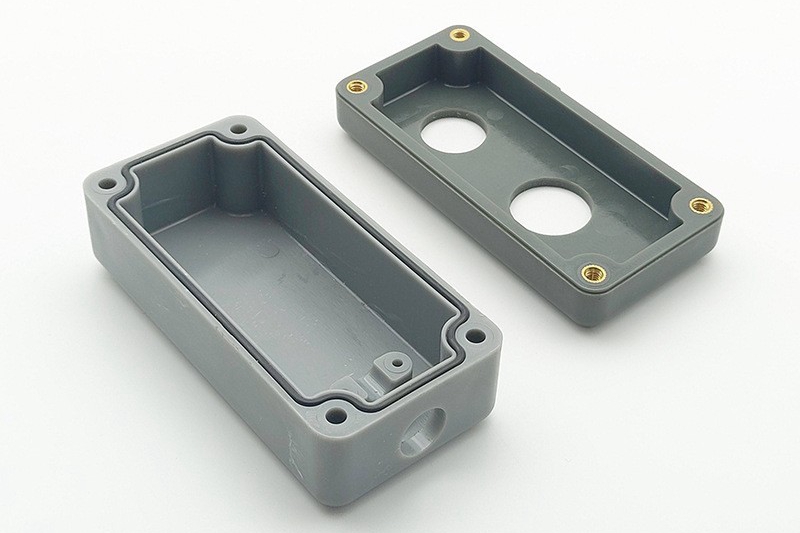
Types of Engineering Plastics
Several types of engineering plastics are commonly used in manufacturing, each with its unique set of properties:
ABS (Acrylonitrile Butadiene Styrene): Known for its toughness and impact resistance, ABS is widely used in automotive parts, consumer goods, and electronic housings.
Polycarbonate (PC): Offers exceptional strength and transparency, making it ideal for protective gear, eyewear, and transparent structural parts.
PEEK (Polyether Ether Ketone): It stands out for its high thermal stability, chemical resistance, and wear resistance, and it is suitable for aerospace, automotive, and medical implants.
Nylon (Polyamide): Renowned for its wear resistance, strength, and flexibility, nylon is used in gears, bearings, and automotive components.
Engineering plastics are about more than just their mechanical and thermal properties; they represent a fusion of science and engineering that enables the development of lighter, stronger, and more durable products. As the demand for materials that can withstand extreme conditions grows, so does the role of engineering plastics in meeting these challenges head-on. By carefully selecting and applying these materials, manufacturers can achieve performance levels that were once thought impossible, paving the way for innovations that continue pushing achievable boundaries.
The Role of Injection Molding in Engineering Plastics
Injection molding is a pivotal manufacturing process in engineering plastics, bridging the gap between the material's inherent capabilities and its practical applications across various industries. This section explores how injection molding elevates the utility of engineering plastics, highlighting the process's advantages, technical considerations, and indispensable role in producing precision-engineered parts.
Explanation of Plastic Injection Molding
Plastic injection molding is a manufacturing process used to produce parts by injecting molten plastic into a mold. This process is favored for producing large volumes of parts with high precision, intricate details, and complex geometries. The essence of injection molding lies in its versatility and efficiency, making it a cornerstone technique for utilizing engineering plastics.
Advantages of Injection Molding for Engineering Plastics
Precision and Complexity: Injection molding allows for creating parts with tight tolerances and intricate designs, often required in engineering applications.
Scalability and Efficiency: Once the mold is designed and created, parts can be produced at a high volume with consistent quality, reducing per-unit costs significantly.
Material Versatility: This process can accommodate a wide range of engineering plastics, allowing manufacturers to select the optimal material based on the application's specific requirements.
Finish and Aesthetics: Injection molding can produce parts with excellent surface finishes, and colors can be integrated directly into the material, eliminating the need for post-processing.
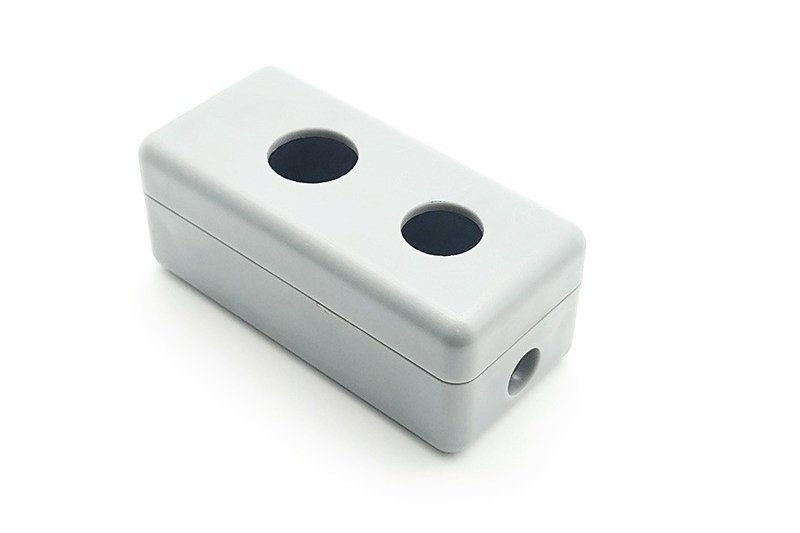
Technical Considerations
When it comes to injection molding engineering plastics, several technical aspects must be carefully managed to ensure the desired outcomes:
Material Selection: Choosing the proper engineering plastic is critical, considering factors such as strength, flexibility, thermal resistance, and chemical compatibility.
Mold Design: The mold must be precisely engineered to accommodate the specific properties of the engineering plastic, including shrinkage rates and flow characteristics, to achieve the required tolerances and surface finishes.
Process Control: Parameters such as temperature, pressure, and injection speed must be meticulously controlled to optimize the material properties and avoid defects such as warping, sink marks, or voids.
Injection molding and engineering plastics form a symbiotic relationship, where the strengths of each are amplified by the other. This manufacturing process unlocks the full potential of engineering plastics, allowing for the realization of previously unattainable designs. From automotive components that withstand extreme temperatures to medical devices that require precision and biocompatibility, injection molding is instrumental in transforming engineering plastics into the building blocks of modern technology.
The role of injection molding in using engineering plastics cannot be overstated. It is not merely a method of shaping materials but a transformative process that brings the exceptional properties of these plastics to the forefront of innovation. By leveraging the capabilities of injection molding, manufacturers can explore new horizons in product development, creating functional and revolutionary parts in their design and application.
Applications of Engineering Plastic Injection Molded Parts
Combined with the precision and versatility of injection molding, engineering plastics have applications across various industries. This convergence of material innovation and manufacturing excellence has paved the way for advancements in the automotive, electronics, medical devices, and aerospace sectors. This section delves into the myriad applications of engineering plastic injection molded parts, showcasing their impact and significance in each field.
Automotive Industry
Engineering plastics are revolutionizing how vehicles are designed and manufactured in the automotive sector. Injection molded parts from engineering plastics contribute to lightweighting efforts, enhancing fuel efficiency without compromising strength or safety. Components such as bumpers, dashboards, door handles, and functional parts like air intake manifolds and fluid reservoirs are commonly made from engineering plastics. These materials withstand high temperatures and aggressive chemicals, making them ideal for under-the-hood applications. The precision of injection molding ensures these components meet strict automotive standards, contributing to the vehicles' overall performance and durability.
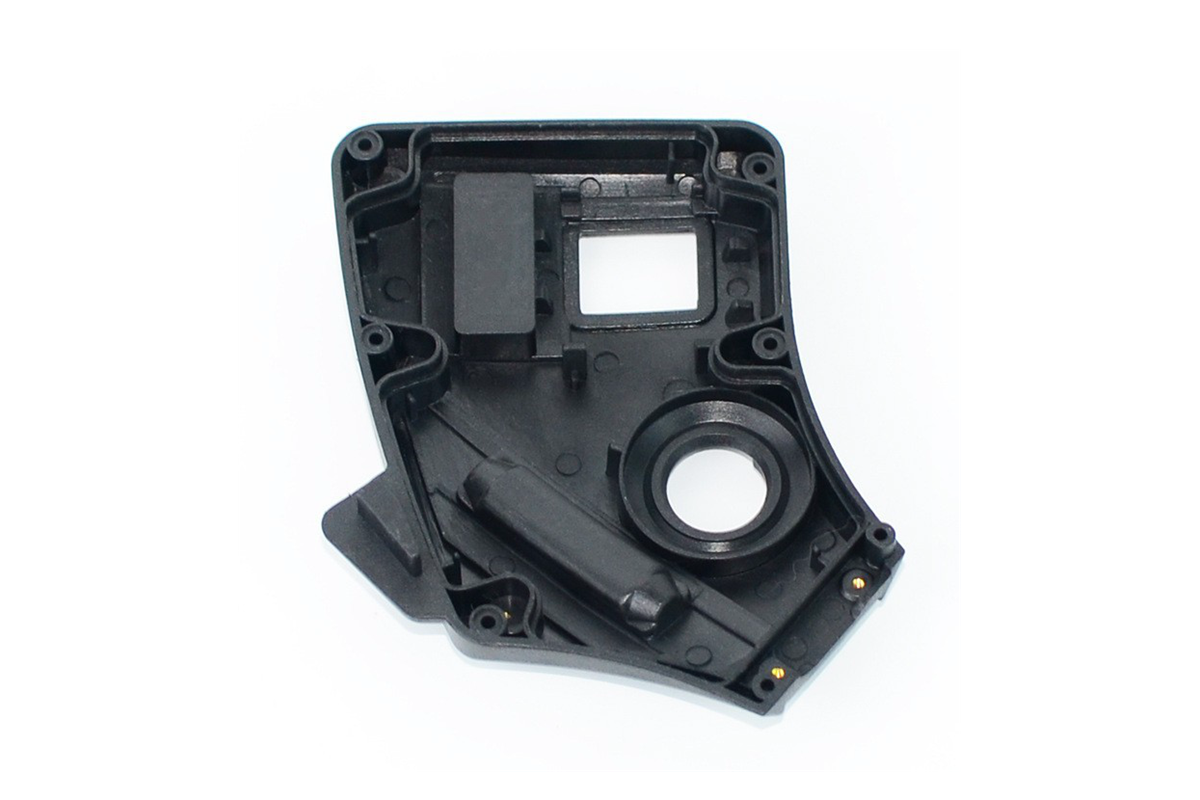
Electronics and Telecommunications
The electronics industry benefits immensely from engineering plastics, with injection molded parts found in smartphones, laptops, and other devices. These plastics provide excellent electrical insulation, heat resistance, and mechanical strength, essential for protecting delicate electronic components. Casings, connectors, and enclosures made from engineering plastics safeguard the electronics within and contribute to the devices' aesthetic and ergonomic design. In telecommunications, these materials are used in components that require precision and reliability, such as fiber optic connectors and antenna housings, showcasing the materials' versatility and performance.
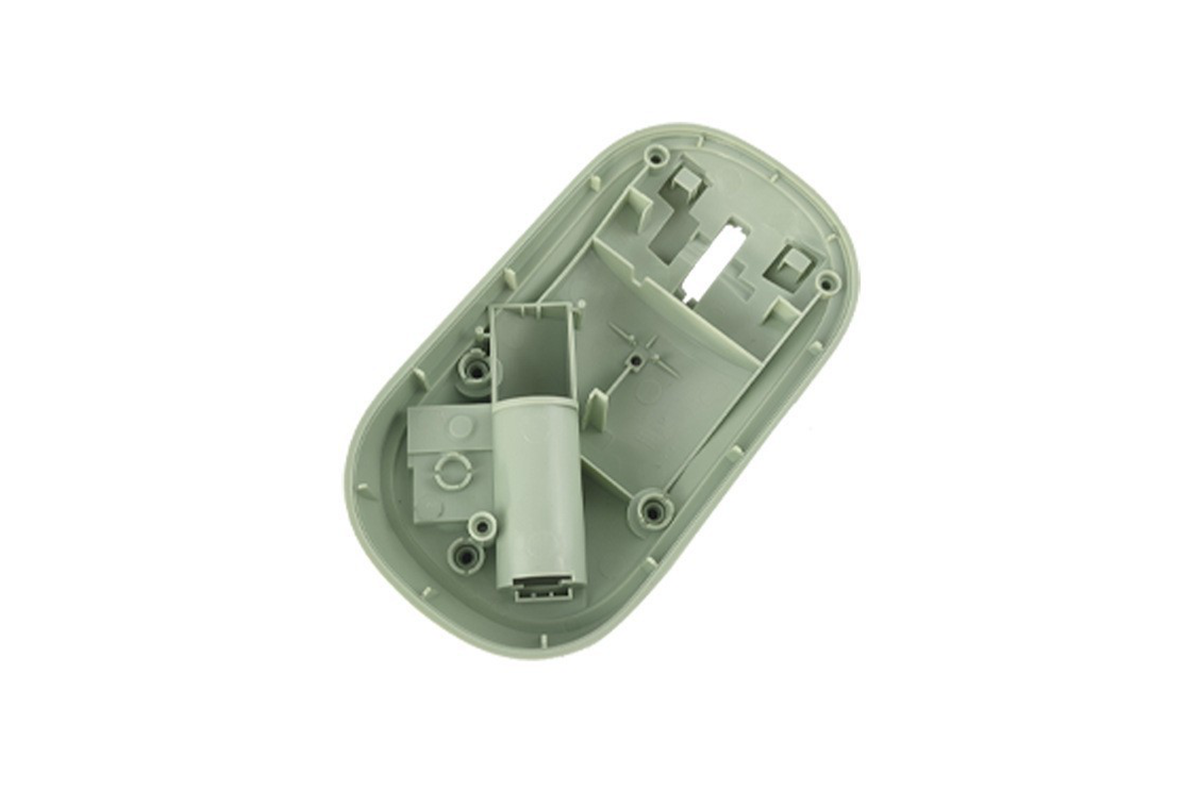
Medical Devices
Engineering plastics are increasingly used in the medical sector due to their biocompatibility, sterilization resistance, and mechanical properties. Injection-molded parts such as surgical instruments, diagnostic devices, and housing for medical equipment benefit from the precision and repeatability of the injection molding process. These materials can be engineered to meet rigorous health and safety standards, making them suitable for various medical applications. From disposable items to reusable medical devices, engineering plastics are integral to modern healthcare, offering solutions that combine safety, durability, and performance.
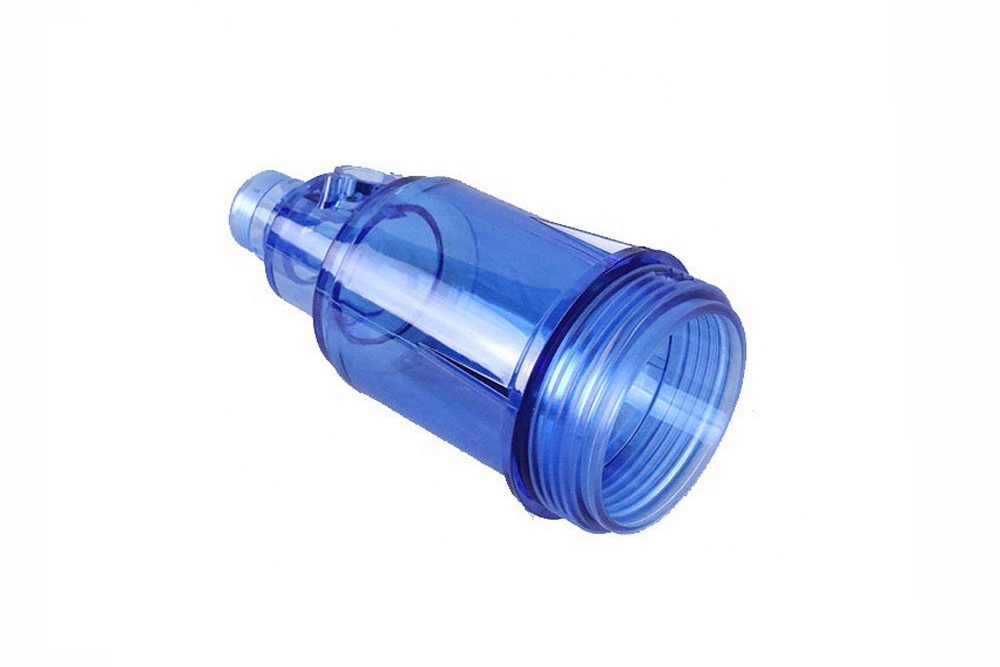
The applications of engineering plastic injection molded parts are vast and varied, reflecting the material's adaptability and the manufacturing process's efficiency. From everyday consumer products to specialized industrial and medical applications, engineering plastics and injection molding drive innovation, enhance performance, and contribute to sustainability in manufacturing. As technology advances, the role of these materials and processes grows, further expanding the possibilities for design and engineering.
Challenges and Solutions in Engineering Plastic Injection Molding
While the injection molding of engineering plastics opens a world of possibilities across various industries, it also presents unique challenges. These hurdles stem from the high-performance nature of engineering plastics, which demand precise control over the molding process to achieve the desired outcomes. This section outlines common challenges encountered in engineering plastic injection molding and proposes practical solutions to overcome them, ensuring high-quality, reliable parts.
Material Degradation
Challenge: Engineering plastics are susceptible to degradation when exposed to high temperatures for extended periods, which can occur during injection molding. This degradation can affect the mechanical properties and appearance of the final part.
Solution: Optimize processing parameters such as temperature, injection speed, and cooling time to minimize exposure to high temperatures. Utilizing advanced molding machines with precise temperature control can also mitigate this issue.
Warping and Distortion
Challenge: The inherent properties of engineering plastics, combined with the cooling phase of the injection molding process, can lead to warping or distortion of the parts. It is particularly problematic when manufacturing significant or thin-walled components.
Solution: Employ mold flow analysis software during the design phase to predict and address potential warping issues. Design adjustments, such as uniform wall thickness and strategic placement of cooling channels, can help reduce internal stresses and minimize distortion.
Achieving Tight Tolerances
Challenge: Engineering applications often require parts with tight tolerances to ensure proper fit and function. Achieving these tolerances can be challenging due to the material's behavior during processing and cooling.
Solution: Precision mold design and fabrication are critical. Utilizing high-quality tooling materials and state-of-the-art CNC machining can enhance mold accuracy. Adjusting processing parameters and employing post-molding operations like CNC machining can help achieve the desired tolerances.
Addressing Sink Marks and Voids
Challenge: Sink marks and voids can occur in thicker areas of a part where cooling is uneven, leading to aesthetic and structural issues.
Solution: Mold design strategies, such as incorporating adequate cooling channels and employing core outs to minimize thick sections, can help. Optimizing packing pressure and holding time during the injection process also reduces the likelihood of these defects.
Material Selection and Compatibility
Challenge: Selecting the appropriate engineering plastic that meets the application's requirements while being suitable for injection molding can be complex.
Solution: Collaboration between material scientists and design engineers is essential to select suitable materials based on performance characteristics, environmental resistance, and mechanical properties. Material suppliers often provide detailed datasheets and support to aid decision-making.
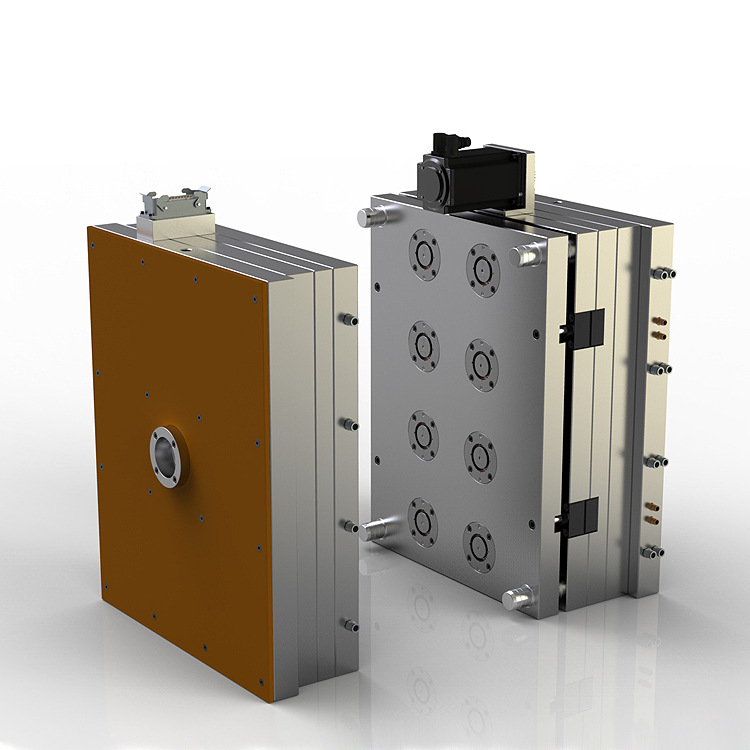
Overcoming these challenges requires a thorough understanding of the material properties of engineering plastics and the intricacies of the injection molding process. Manufacturing manufacturers must continuously innovate in mold design, machine technology, and process optimization to produce high-quality, precision-engineered parts. By addressing these challenges head-on, the industry can continue to leverage the unique benefits of engineering plastics, pushing the boundaries of what's possible in design and manufacturing.
Future Trends in Engineering Plastics and Injection Molding
As industries evolve and demand for advanced materials and manufacturing techniques increases, the field of engineering plastics and injection molding is poised for significant transformations. These future trends reflect the ongoing innovation in material science and manufacturing technology, aiming to meet the challenges of sustainability, efficiency, and performance. This section explores the emerging trends that shape the future of engineering plastics and injection molding.
Innovations in Material Science
The continuous development of new engineering plastics with enhanced properties is a key trend. These materials are designed to meet the ever-increasing demands for higher performance, including improved strength, heat resistance, and environmental sustainability. For example, bio-based engineering plastics are gaining attention as a way to reduce the environmental impact of plastic products. These materials, derived from renewable resources, offer a lower carbon footprint while maintaining the high-performance characteristics of traditional engineering plastics.
Advancements in Additive Manufacturing
Additive manufacturing, or 3D printing, is increasingly used with injection molding to create complex molds and even final products with intricate geometries that were previously impossible or too costly to achieve. This trend allows for rapid prototyping, customization, and the production of parts with complex internal structures, opening new avenues for product design and manufacturing. Integrating 3D printing technologies is expected to accelerate, offering complementary capabilities to traditional injection molding processes.
Smart Manufacturing and Industry 4.0
The integration of intelligent technologies and the principles of Industry 4.0 into injection molding processes is revolutionizing the way engineering plastic parts are manufactured. Real-time monitoring, predictive maintenance, and automated quality control are becoming more prevalent, enhancing efficiency and reducing waste. These technologies enable manufacturers to optimize their production processes, improve product quality, and reduce time-to-market, reflecting a shift towards more intelligent, connected manufacturing ecosystems.
Sustainability and Recycling Initiatives
As environmental concerns become increasingly paramount, the engineering plastics and injection molding industries focus on sustainability. It includes the development of recycling processes for engineering plastics, which have traditionally been more challenging to recycle than commodity plastics. Innovations in chemical recycling, where plastic waste is broken down into its monomers and polymerized, hold promise for creating a circular economy for engineering plastics, reducing waste, and conserving resources.
Customization and Mass Personalization
The demand for customized and personalized products drives innovations in injection molding techniques and material formulations. Advanced mold design and manufacturing and more versatile and adaptable injection molding machines enable mass customization. This trend allows manufacturers to produce small batches of customized products efficiently, meeting the consumer demand for personalization without sacrificing the economies of scale typically associated with injection molding.
The future of engineering plastics and injection molding is marked by a convergence of technological advancements, sustainability efforts, and changing market demands. These trends highlight the industry's capacity for innovation and adaptation, promising to deliver materials and manufacturing solutions that meet the needs of tomorrow's applications. As these trends evolve, they will unlock new possibilities, driving further product design, manufacturing processes, and material science innovation.
Try Design, Quotation, and Prototyping Works For Free
Neway provides free Consultative Design and rapid prototyping services for valid projects for free.
1. CNC Machining Prototyping Service
Correctly fill in your information and send it to our engineer to get free service.
